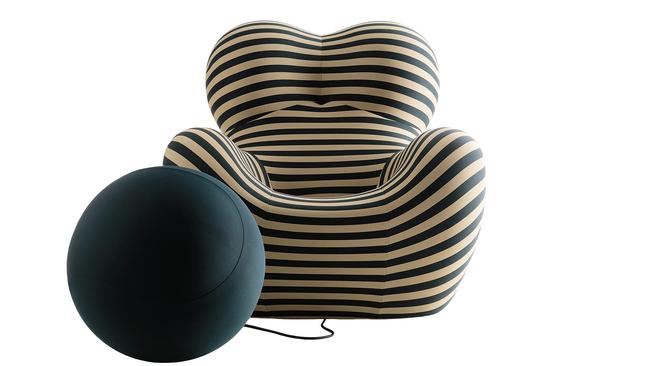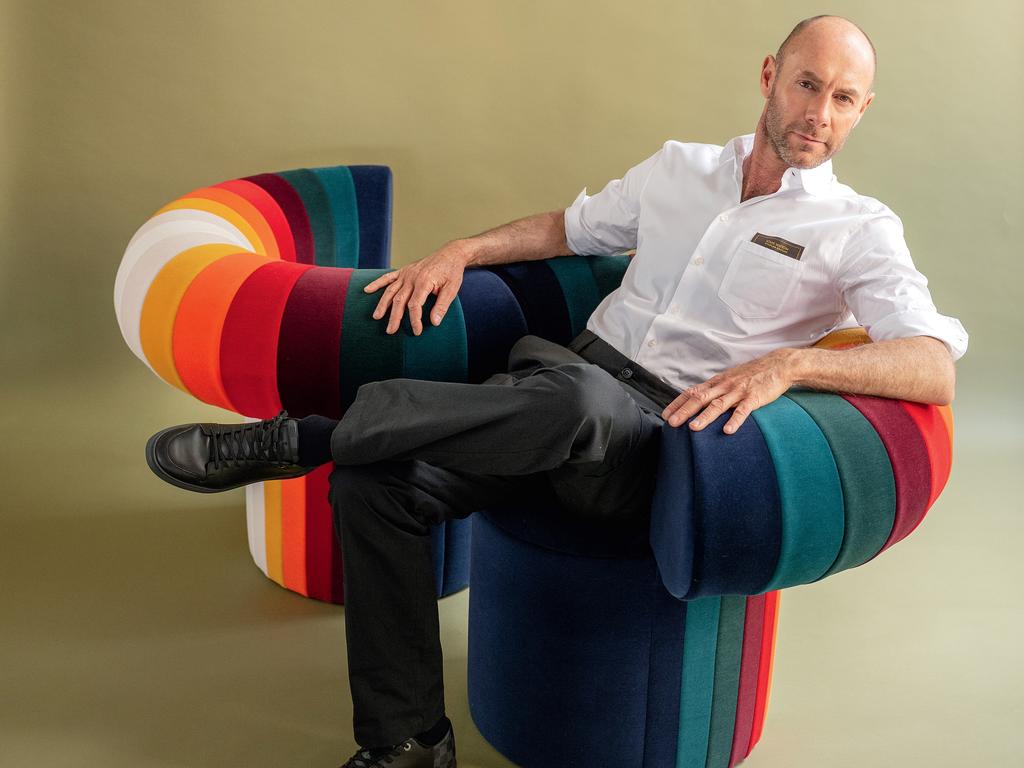Space Furniture marks 30 years of timeless design
Australia’s go-to for modern furniture shows no signs of slowing down in its singular pursuit of showcasing quality, innovation and timeless style.
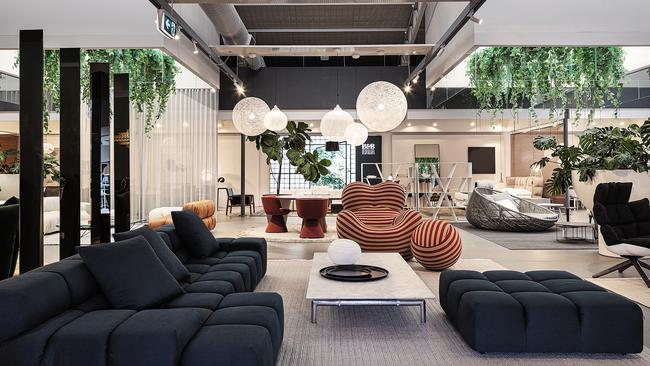
In 1967, architect and industrial designer Anna Castelli Ferrieri created a piece that would mark Kartell – the pioneering company she founded with her husband – as a truly innovative and experimental practice on the biggest possible design stage, Salone del Mobile in Milan. Two years later, it would be released to the public to universal acclaim. Only three years after its launch, the design would appear in a MoMA exhibition titled Italy: The New Domestic Landscape, “one of the most ambitious design exhibitions ever undertaken by The Museum of Modern Art” where “objects were selected and the environments were commissioned because of their relevance to particular current attitudes toward ‘the task of design’,” according to the 1972 press release.
The piece worthy of such high praise and spotlighting? Kartell’s Componibili, a compact modular storage unit with sliding doors using injection-moulded ABS plastic – a game-changing move back in the ’60s. The Componibili has also changed the game for Space Furniture, as it is one of the retailer’s long-time best-selling pieces and serves as a talisman representing Space’s commitment to timeless design.
Moving from the constant bustle of O’Riordan Street in Sydney’s Alexandria into the seamlessly cool, calm and collected Space Furniture showroom, it’s clear how far the retail game has changed on the local scene. While the Componibili is a particularly practical piece at an incredibly reasonable price for an icon of modern design, it also shows Australians’ increasing appetite for meaningful design – for form that serves a purpose while also reflecting personal taste.
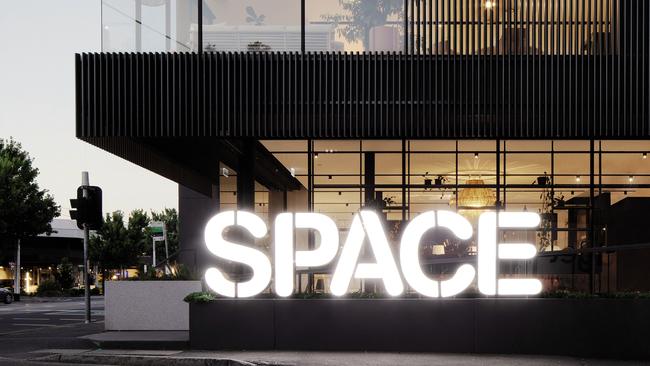
“Our success hinges on our commitment to curating timeless designs from world-class brands,” says Space chief executive Leighton Clarke, who has been at the furniture specialist for two of its three decades. You’ll find Ferrieri’s piece alongside the near-ubiquitous Camaleonda sofa by Mario Bellini for B&B Italia; Francesco Binfare’s elemental On The Rocks sofa for Edra; and Marc Sadler’s delightfully arched Twiggy floor lamp for Foscarini. These big-name European players on the global scene have found a home in this airy glass-and-concrete bunker, and for 30 years Space has been leading the charge in fostering the value of investing in pure design and expressing and celebrating it in Australian homes.
Three decades in business is no mean feat, let alone in the fickle retail market, and furniture retail at that. Back in 1993, the nation had just come out of what then-prime minister Paul Keating dubbed “the recession we had to have”. It was in this heady climate of uncertainty that Space opened in both Sydney and Melbourne, driven by a belief grounded in terms that get thrown around all too often nowadays: quality, curation and commitment. Bringing some of the best designs from halfway across the world was and is a serious undertaking, and it started with treating the space in which these pieces would be housed and displayed in the best possible light. Internationally renowned local architectural firm Woods Bagot transformed the Sydney and Melbourne showrooms and established Space as an unparalleled retail universe where people, design aficionados and the simply curious could wander through considered vignettes and imagine such mises en scène in their own spaces. The same could be said for DesignOffice’s perforated-screen rethinking of the Brisbane showroom in Fortitude Valley in 2016 and the evolution of the Melbourne space in 2020.
“I have witnessed Australia’s design appreciation evolve,” says Clarke. “From utility to culture, design embodies aesthetics, craftsmanship and narratives. This coincides with a ‘buy once, buy well’ ethos, reflecting a desire for quality and longevity. Our clients invest in timeless, meticulously crafted pieces as they understand their lasting value. This evolution is also shaped by Australians’ eagerness to travel and explore, which refines their design sensibilities. Experiencing diverse global cultures has made them more discerning about authenticity and innovation – design adding to their library of stories. As a retailer, our role has adapted, curating designs that resonate with this new perspective – authentic, sustainable and enduring. This aligns with Australians’ international outlook, enhancing their spaces with meaningful, lasting pieces that reflect their broader experiences.”
Space rode through the early aughts when replica furniture was everywhere with a firm stance on dealing with a community that actively engaged with great design and all that it offers and entails. “We’ve always emphasised quality, a philosophy of longevity, strong relationships, brand loyalty, and continuous improvement,” says Clarke. “When I speak of longevity, it isn’t just in reference to the products we sell but also to the longevity of our relationships – with our brand partners, many of whom we have worked with since Space began, and our clients – many have shopped with us through their different life stages and now generationally. And of course, with our staff. We are fortunate to have a long tenure for our staff – 10, 15 or 20 years’ tenure is quite common among our team. I believe it’s these enduring relationships based on respect and commitment to success that have played an important role in our ongoing success.”
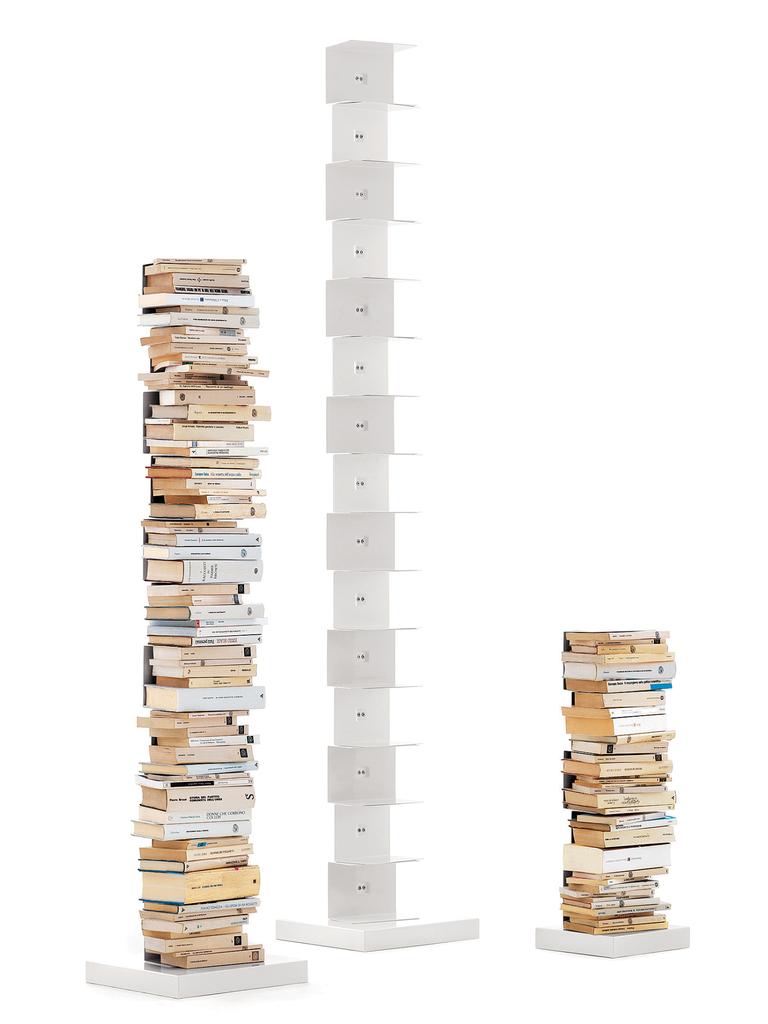
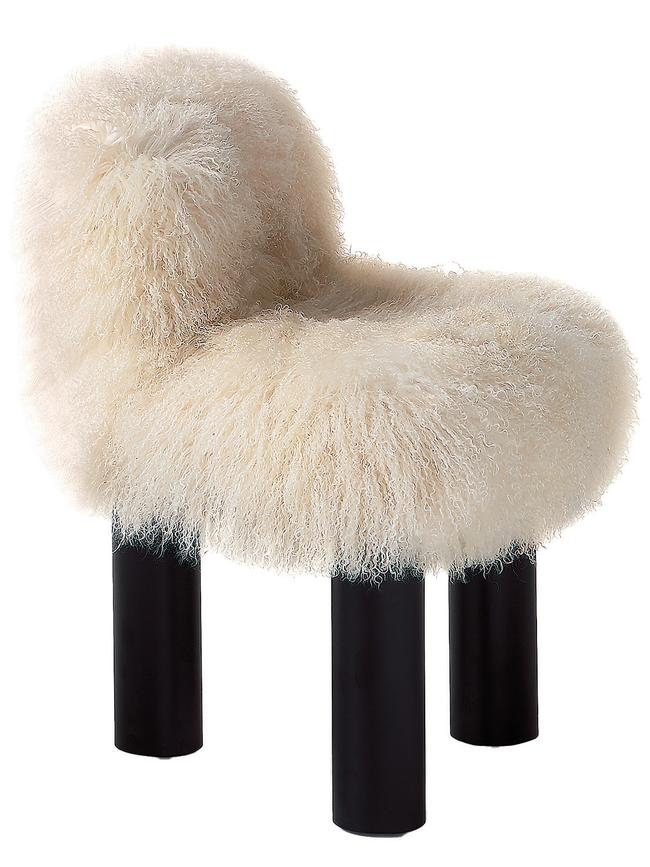
And while conducting business in a certain fashion has led to longevity and success, Clarke and his team are not resting on their laurels. “It’s interesting that even with the long tenure of our team, we as a group are always cognisant of the importance of remaining open to new ideas and exploring new and better ways to do something,” he says. “I think that’s also part of our DNA, remembering that there is always another way to look at something.”
Playing an active role in the creative community has also seen Space’s reputation grow in a demonstratively meaningful way. It is now not merely a distributor of major international interior brands, it cultivates understanding and the sharing of knowledge among dedicated clients as well as industry movers and shakers with events, talks and support for local designers, including Tom Fereday and Trent Jansen. International talents have also visited our shores off the back of the resonance Space has had with a dedicated following. Recognisable names such as Marcel Wanders, Karim Rashid, Philippe Starck, Antonio Citterio, Patricia Urquiola and, this October, Italian design mastermind and art director of B&B Italia and Living Divani, Piero Lissoni. The architect and designer will be in Australia to help celebrate Space’s 30th anniversary with a series of talks and events across Sydney, Melbourne and Singapore.
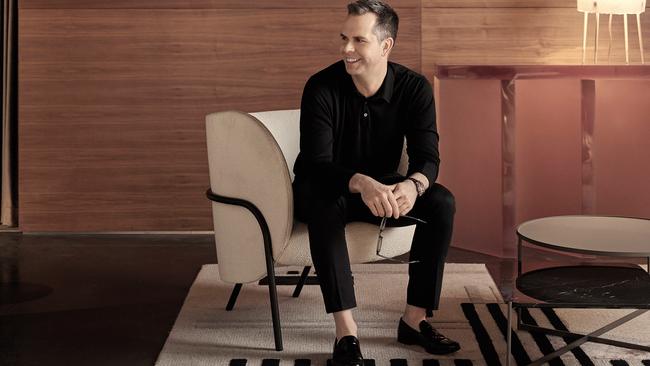
Of Lissoni’s impact on design, Clarke says simply: “Piero’s work inspires an entire globe.” As a creative whose talents touch upon architecture, interiors, landscape design, product design and graphic design, “his work has most likely been in view at some part of our lives”, adds Clarke. “My favourite piece from Piero would be the Pochette, one of his recent releases for B&B Italia, which I have just bought for my home. I love the attention to every detail, from the generous proportions and the details of the slightly articulated arms that give interest to the front profile, to the perfectly wrapped leather tubular frame that is created using a technique inspired by that used for luxury car steering wheels. It’s perfect from every angle, and most importantly, comfortable.”
This rigour and appetite for meticulous craftsmanship and creativity is a quality that more and more Australians are appreciating in design, especially as recent times have seen us re-evaluate our homes from every angle, particularly the furniture and accessories we choose, and this extends past the usual clientele you would expect at a high-end retailer. “We speak to a wide audience and do this intentionally,” says Clarke, who is also busy overseeing an updated Space showroom in Singapore with design firm WOHA. “I don’t, however, think it’s necessarily about the age of your client. It’s their mindset. We do have many younger clients, many of whom may save for that one special piece of furniture, or purchase Kartell or accessories as they believe in buying excellent quality and well-designed products that will last.”
It would seem that Space’s lasting legacy, perhaps, is this valuing of design, whether it’s a first Componibili of a few through to the forever Camaleonda sofa, and how these pieces enrich the narratives of our lives through practicality, comfort and connection.
This story appears in the October issue of WISH Magazine, out now.

